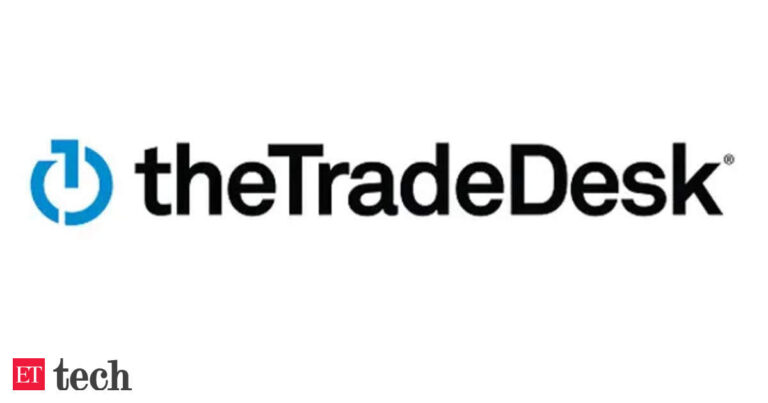These insights are part of a new research study, “India’s Engaged Audience: Why Open Internet is the New Premium,” which highlights the opportunity to connect with the highly coveted 18-34 age group of consumers.
India’s open internet, which includes OTT and connected TV, music streaming, online gaming, news and websites, currently has 640 million users. The “open internet” refers to companies and platforms that operate outside the traditional walled gardens, such as Google and Facebook.
“The shift to the open internet is a pivotal moment for marketers,” said Tejinder Gill, general manager, India, The Trade Desk. “As more consumers turn to premium content on the open internet, marketers will be able to reach engaged audiences at scale. The significantly improved levels of engagement, ad trust, and recall compared to traditional walled gardens represent a new era of ad receptivity. This shift is expected to lead to increased ad spend on the open internet.”
Consumers clearly prefer the open internet for content consumption, with more young people consuming content on the open internet compared to walled gardens. Survey results show that platforms on the open internet drive engagement, with young people most interested in online games (35%), OTT/CTV and news/websites (34%), all ahead of social media platforms (30%).
This increased engagement is determined by how users interact with content: on the open internet, users actively seek out information, shop, and watch content; on social media, users lean back and passively scroll through an auto-generated feed.
Find the stories that interest you

The open internet has emerged as the leading destination for premium content. Research shows that one in three Indians surveyed prefer OTT/CTV because it offers more of their favorite premium content. This trend is even more pronounced among younger Indians, who are 27% more likely to choose OTT/CTV over social media platforms for their preferred content. This shift highlights that younger users now believe OTT/CTV offers the best of the open internet. As digital natives increasingly turn to OTT/CTV for premium content, they also perceive advertising on these platforms as more premium. Young adults are 55% more likely to view brands that advertise on OTT/CTV as premium compared to user-generated content (UGC) video platforms.
Additionally, the study found that advertising on the open internet, including OTT/CTV and music streaming, is more trusted than advertising on social media: More than four in 10 people believe that advertising on the open internet can be trusted. In particular, OTT/CTV stood out as the most trusted channel, with younger adults being 16% more likely to trust advertising on OTT/CTV compared to social media platforms.
In terms of ad recall, most open internet platforms outperform walled gardens, with online games leading the way, followed by news websites and music streaming platforms.


